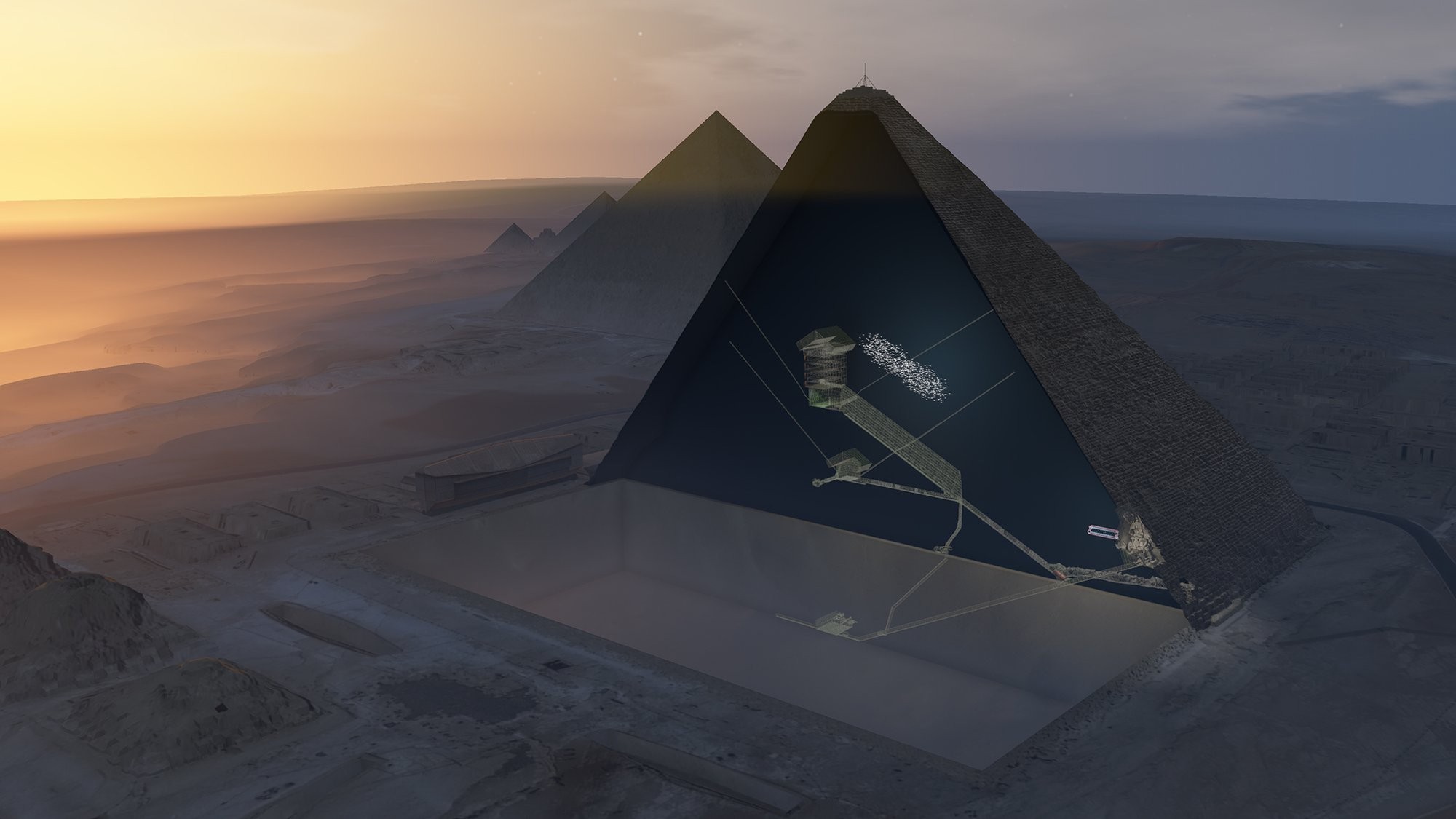World’s oldest pyramid found not in Egypt or Americas, but in Indonesia

In the world of ancient pyramids, it seems like there’s always a race to the past. Are the oldest ones in Egypt? Peru? It’s been up for debate since about 2001. But now, there’s a new contender in the historic who’s-who of pyramids: Indonesia.
A team of archaeologists, geologists, and geophysicists recently published a new paper in Archaeological Prospection in October 2023, suggesting that Gunung Padang in the Cianjur District of the West Java Province is not actually the naturally occurring hill that everyone thought it was. Instead, they say it’s actually an ancient man-made structure. Previously, Gunung Padang referred only to the megalithic stone complex that sat on top of the hill, which some archaeologists believe was used as a celestial calendar (though the actual use is still unknown). But the team’s research shows that the entire structure—complex and hill itself—was sculpted by humans beginning around 8,000 or even 25,000 years ago.
Danny Hilman Natawidjaja, Ph.D, an earthquake geologist and one of the co-authors of the paper, says he “stumbled upon a small hill with a peculiar shape and a surprisingly well-preserved surface” in 2011, while examining the area’s topography.
“This hill stood in stark contrast to the rugged, highly eroded mountainous terrains typical of the Tertiary volcanic regions in its vicinity,” he says.
That discovery sparked several years of research by Hilman Natawidjaja, who gathered multidisciplinary researchers to use ground-penetrating radar and 2D electrical resistivity tomography to explore the site. By 2014, the team knew they had a massive discovery on their hands.
From the inside out, Gunung Padang is constructed in four parts. The first and oldest is in the middle, a natural lava hill from a dead volcano, sculpted by humans into a pyramidal shape. The next portion is made of coarse sands and pillar-like structures, followed by another layer of columnar rocks, and finally the megalithic stones on the surface layer, all meticulously placed and layered by hand.
The published paper was the first full discussion of their findings, and it included details surrounding the exact procedure they used to date the sections of the pyramid they discovered.
“We must not overlook the equally compelling and profound journey to understanding our own history.”
“We are optimistic that our findings will inspire further geo-archaeological studies, as we know many other large, ancient structural treasures in Indonesia and worldwide that remain unexplored and undated by geochronological methods,” Hilman Natawidjaja says. “Surprisingly, even Indonesia’s most renowned ancient sites, including the iconic Borobudur temple, lack precise dating.”
He hopes as well that the new methods of exploration—the radar and tomography, as well as a multidisciplinary approach with multiple scientists—could be helpful in accurately dating other ancient structures, like the moai on Easter Island and the Nan Madol complex in Micronesia.
“Despite the human quest to unravel the mysteries of the universe and search for extraterrestrial life, we must not overlook the equally compelling and profound journey to understanding our own history,” Hilman Natawidjaja says. “Much remains unknown and unexplored, waiting for us to uncover its secrets.”

That all being said, the paper is still causing some controversy in the scientific community, some of whom are calling for more research than what’s already been done in order to fully verify the claims.
“The dates are somewhat controversial but seem to be solid,” says Dan Joyce, Director Emeritus and Archaeologist at the Kenosha Museum Campus in Wisconsin. “To better understand… the age of the site, independent investigations concentrating on radiocarbon dates and repetition of results is needed. Extraordinary claims demand extraordinary, replicable evidence.”
For his part, Hilman Natawidjaja welcomes the controversy.
“We fully anticipate our study’s results will be met with scepticisms and questions from scientists and scholars worldwide,” he says. “Nevertheless, we welcome the opportunity to engage in discussions and further studies… Our quest for knowledge should lead to enlightenment and unity, not division.”
This article originally appeared on Atlas Obscura, the definitive guide to the world’s hidden wonder. Sign up for Atlas Obscura’s newsletter.





